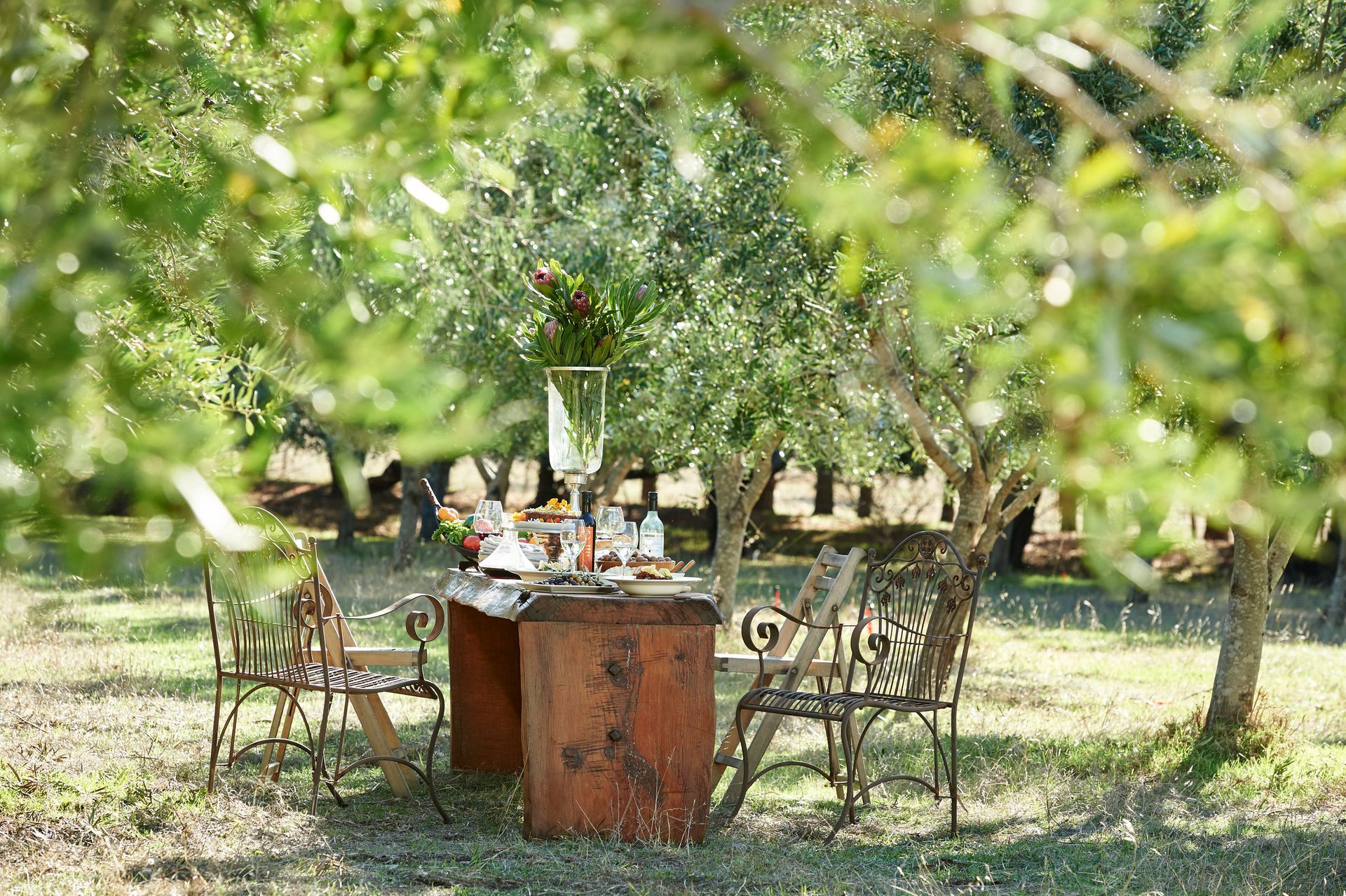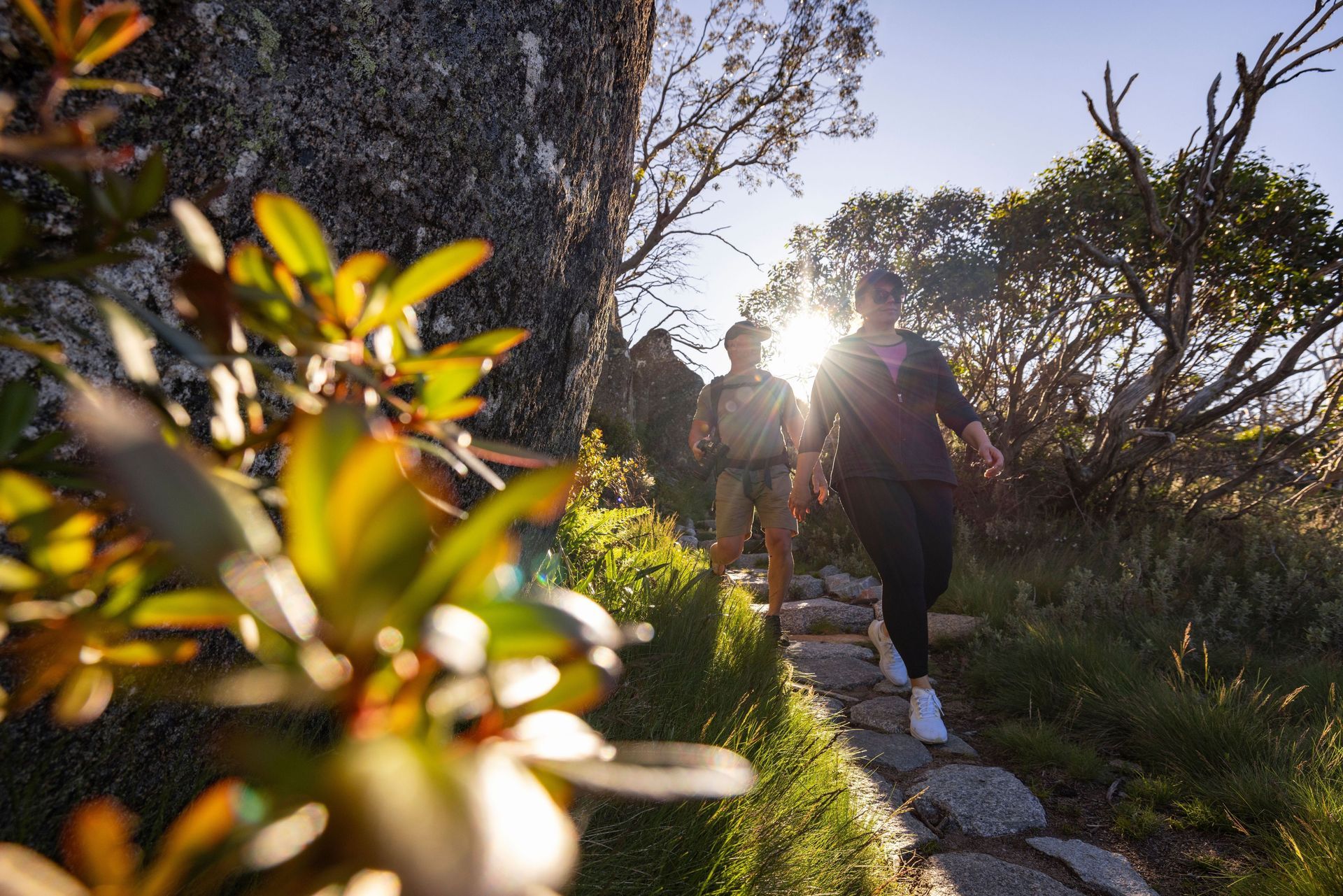Rules for Teachers at Bush Schools
"Stay fresh all day from a weekly swim in the dam"

During our Robertson Brothers Musical Tour, passengers explored the Bunbury Museum and Heritage Centre, where they discovered a fascinating piece of Australian history.
If you think school life was tough for students back in the day, spare a thought for their teachers! In 1872, bush school teachers were expected to follow an extraordinary list of strict and sometimes downright bizarre rules.
From curfews to conduct codes, these early educators lived under regulations that reflected a very different era — and a hard life on the frontier. We thought you might enjoy a glimpse into what it was really like for teachers of the time! 🍎
Rules for Teachers in 1872
1. Teachers each day will fill lamps, trim the wicks and clean chimneys.
2. Each morning teacher will bring a bucket of water and a scuttle of coal for the days session.
3. Make your pens carefully. You may whittle nibs to the individual taste od the pupils.
4. Men teachers may take one evening each week for courting purposes, or two evenings a week if they attend church regularly.
5. After ten hours in school, the teacher may spend the remaining time reading the library or any other good books.
6. Women teachers who marry or engage in unseemly conducts will be dismissed.
7. Every teacher should lay aside from each pay a goodly sum of his earnings for his benefit during his declining years so that he will not become a burden on society.
8. Any teacher who smokes, uses liquor in any form, frequents pool or public halls, or gets shaved in a barber ship will give good reason to suspect his worth, intention, integrity and honesty.
9. The teacher who performs his labour faithfully and without fault for five years will be given and increase of twenty five pence per week in his pay, providing the Board of Education approves.
A bush teacher would also be expected to
· Wallpaper the residence with newspapers to keep out the winter winds and snakes.
· Stay fresh all day from a weekly swim in the dam.
· Teach a class of children aged five to fifteen.
· Ride a horse side saddle four miles to school and maybe carry a couple of pupils.
· Fight off swaggies who attempted to camp in the school.
· Keep the school property free of goats and cattle.
· Set a broken leg in a crisis.
· Patch the shingles on the school roof.
· Cook lunch in an open fire.
Life as a bush school teacher in Australia in 1872 was a true test of endurance, character, and dedication. Teachers were expected to live by a demanding code of conduct while managing every aspect of school life — from chopping firewood and fetching water to teaching children of all ages in remote, isolated conditions. Their commitment went far beyond the classroom, often serving as the heart of small rural communities. Though the rules may seem harsh or amusing today, they reflect a time when education relied on sheer determination and community spirit.
Looking back, it is impossible not to admire their dedication and endurance — qualities that laid the foundations for the education system we know today.
To see tours which visit Bunbury Museum and Heritage Centre hit the search tours button and enter BUNBURY










